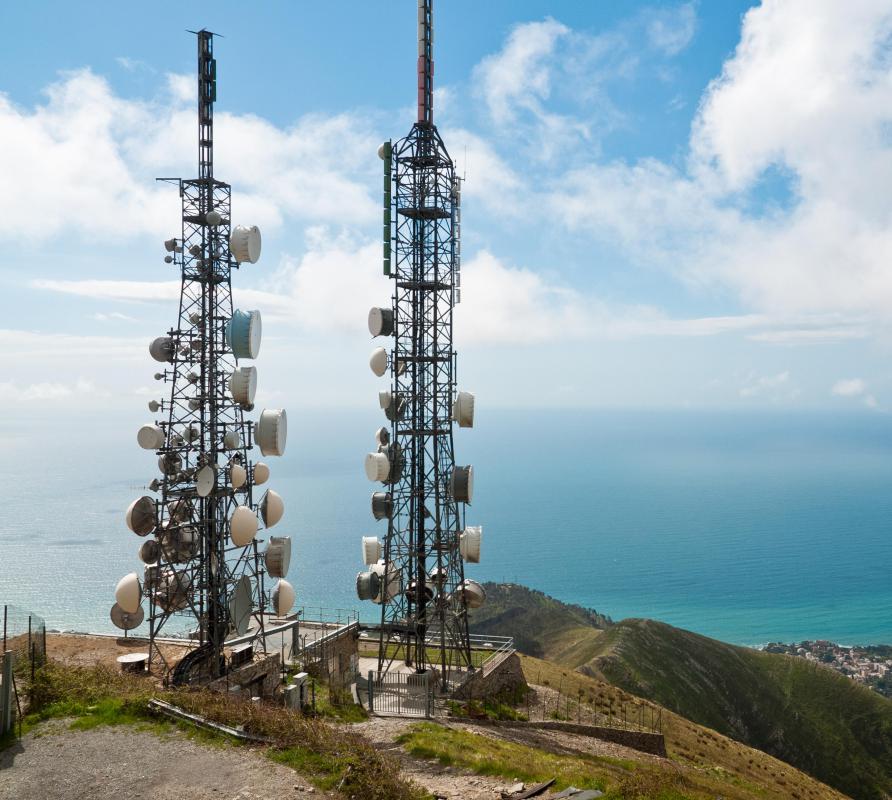At WiseGEEK, we're committed to delivering accurate, trustworthy information. Our expert-authored content is rigorously fact-checked and sourced from credible authorities. Discover how we uphold the highest standards in providing you with reliable knowledge.
What is Digital HDTV?
Digital television is a broadcasting standard that uses digital signals to transmit television programs. In the past, most television signals were broadcast in analog; changing to digital meant better sound and video quality for everyone, not just those using a cable or satellite digital TV service. Digital HDTV, or Digital High Definition Television, is another step up on the digital broadcast spectrum, offering sharper pictures and superior sound to SDTV (Standard Definition Television).
While all HDTV broadcasts are digital, not all digital broadcasts are HDTV. The difference between digital and digital HDTV is in the higher resolution configuration. In fact, HDTV has nearly twice the resolution of the standard NTSC format, and the HDTV picture is sharper than the standard digital TV picture. In the US, the Federal Communications Commission (FCC) mandate on digital transmissions only requires digital TV and does not specify the broadcasts must be digital HDTV.

Digital HDTV is available over the air as well as through cable and satellite service providers. For over-the-air broadcasts, the antenna has to be compatible with the digital signal. A digital receiver or converter is needed to see digital broadcasts using traditional analog antennae. Analog, or NTSC, televisions require a digital set-top box to translate the digital TV signal.

Televisions capable of displaying digital HDTV have varying levels of resolution. Digital TV sets are referred to in numbers that refer to the amount of lines of resolution — the more lines, the better the picture. For example, 720p stands for 720 lines and the "p" is for progressive scanning; 1080p is another type with 1080 horizontal lines and progressive scanning as well. Another version is 1080, which is the same lines as 1080p, but with interlaced scanning.

Nearly all televisions sold today are digital. As not all signals are HDTV, not all televisions are capable of digital HDTV. Some televisions are a standard digital TV (SDTV). Although a SDTV will be able to display a show broadcast in HDTV, it will not be displayed in high-definition. When purchasing a digital television, it is useful to know the difference.
Early in the digital TV era, a few cable channels had created spin-off channels that only show programs that are in HD. Since the digital conversion, more shows are appearing on regular channels in HDTV. The network will usually specify the difference with an "HD" displayed on the screen to let their viewers know.
AS FEATURED ON:
AS FEATURED ON:













Discuss this Article
Post your comments